Tag: Network Design
-
Network Point of Failure: A Definitive Guide to HSRP and STP
Imagine you’ve built a sleek, high-performance network, only for a single router or switch to fail and bring the entire thing down. The silence is deafening. As network engineers, that’s not just a bad day; it’s a catastrophic design flaw. Building networks that don’t crumble under pressure should be the standard. In building a resilient…
Written by
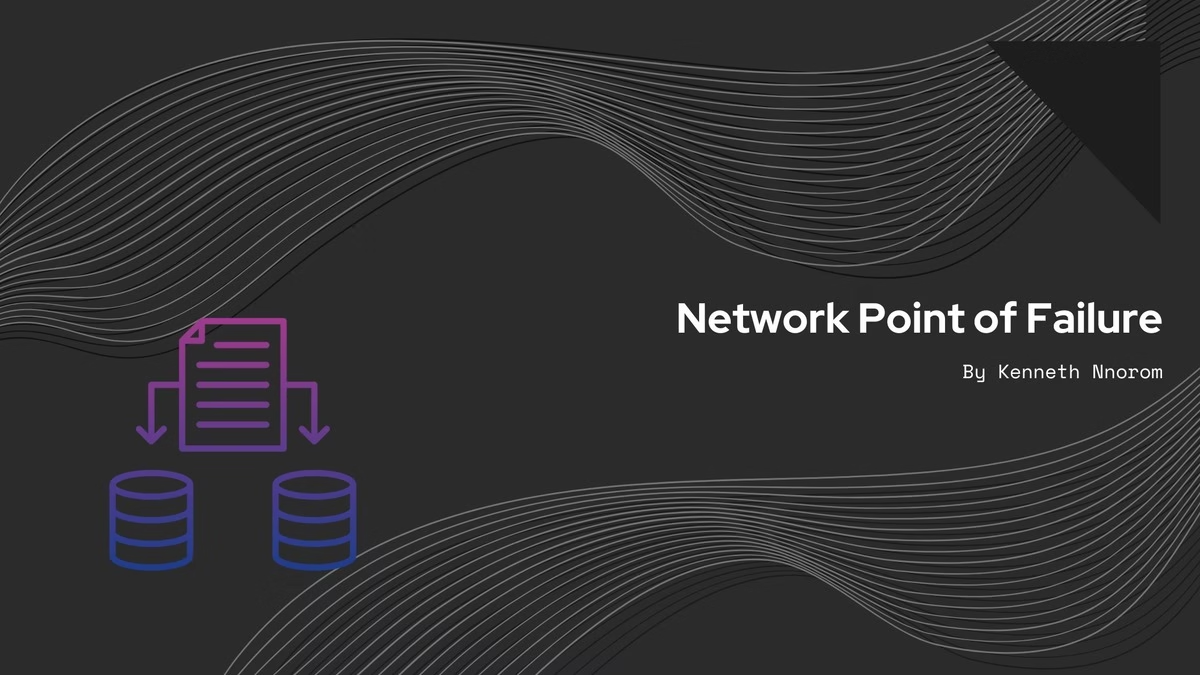
-
OSPF Routing Protocol: Part 3 – Multi-Area OSPF
In this part of our OSPF troubleshooting series, I redesigned the topology to include three areas: Area 0 (the backbone), Area 1, and Area 2. This setup demonstrates how multi-area OSPF helps reduce LSA flooding and keeps routing tables lightweight by organizing routers into smaller, efficient segments. To follow along, download the new Packet Tracer…
Written by
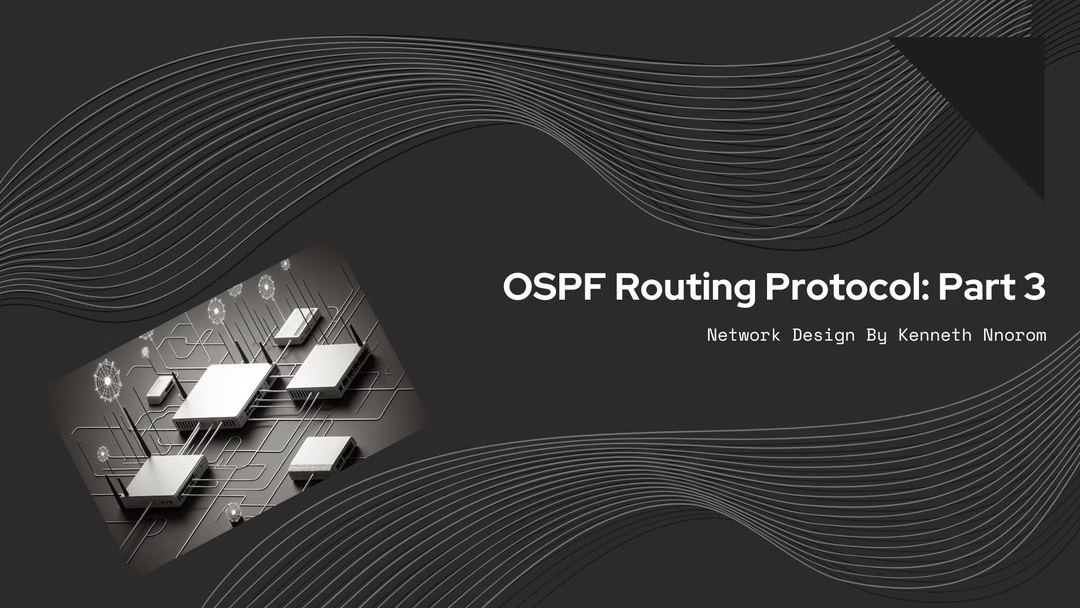
-
OSPF Routing Protocol: Part 2
To make this lesson easier to follow, I’ve included the Packet Tracer file for download. Use it to relate to everything discussed so far. In the last article, we set up OSPF in our network. Now, we’ll test our configuration by sending ICMP packets across the network to confirm if routing works properly. We’ll also…
Written by
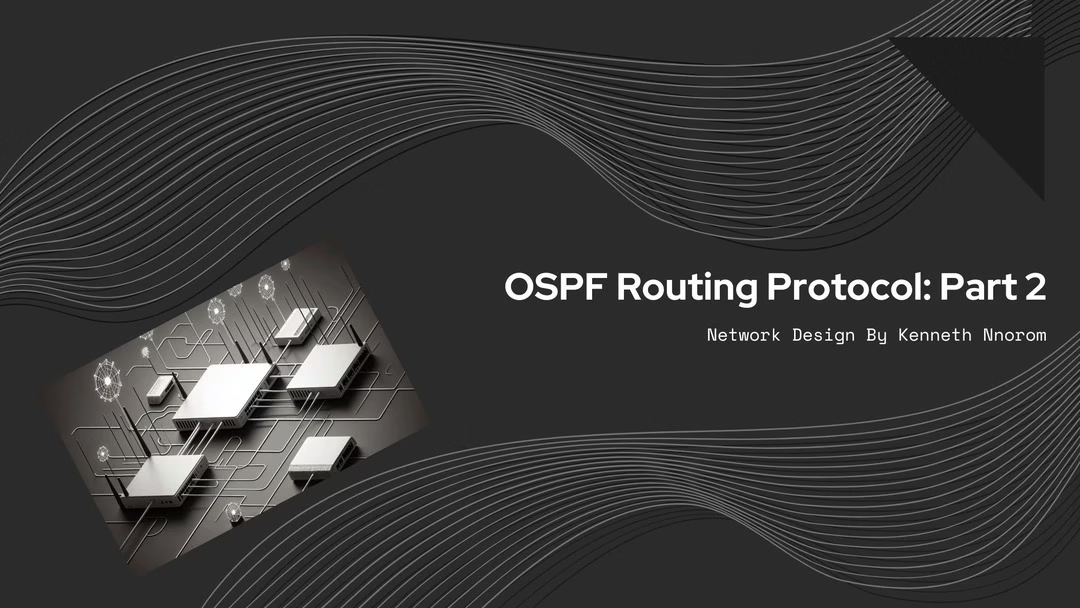
-
How To Configure Firewall Rules On Pfsense
Having installed the pfSense firewall, it’s crucial to establish firewall rules that safeguard your network’s perimeter. Understanding how these rules are configured on pfSense is essential for robust network security. In this post, I will share a sample setup I designed using GNS3 for demonstration purposes. THE SETUP Our network architecture includes a pfSense firewall…
Written by

-
OSPF Routing Protocol: Part 1
From the last session, we successfully configured all the router interfaces and the switch with the IP addresses we generated while learning about subnetting. We must discuss how all these routers communicate, especially how they route traffic between each other. Several routing protocols are utilized in networking, allowing routers to decide the best routes for…
Written by
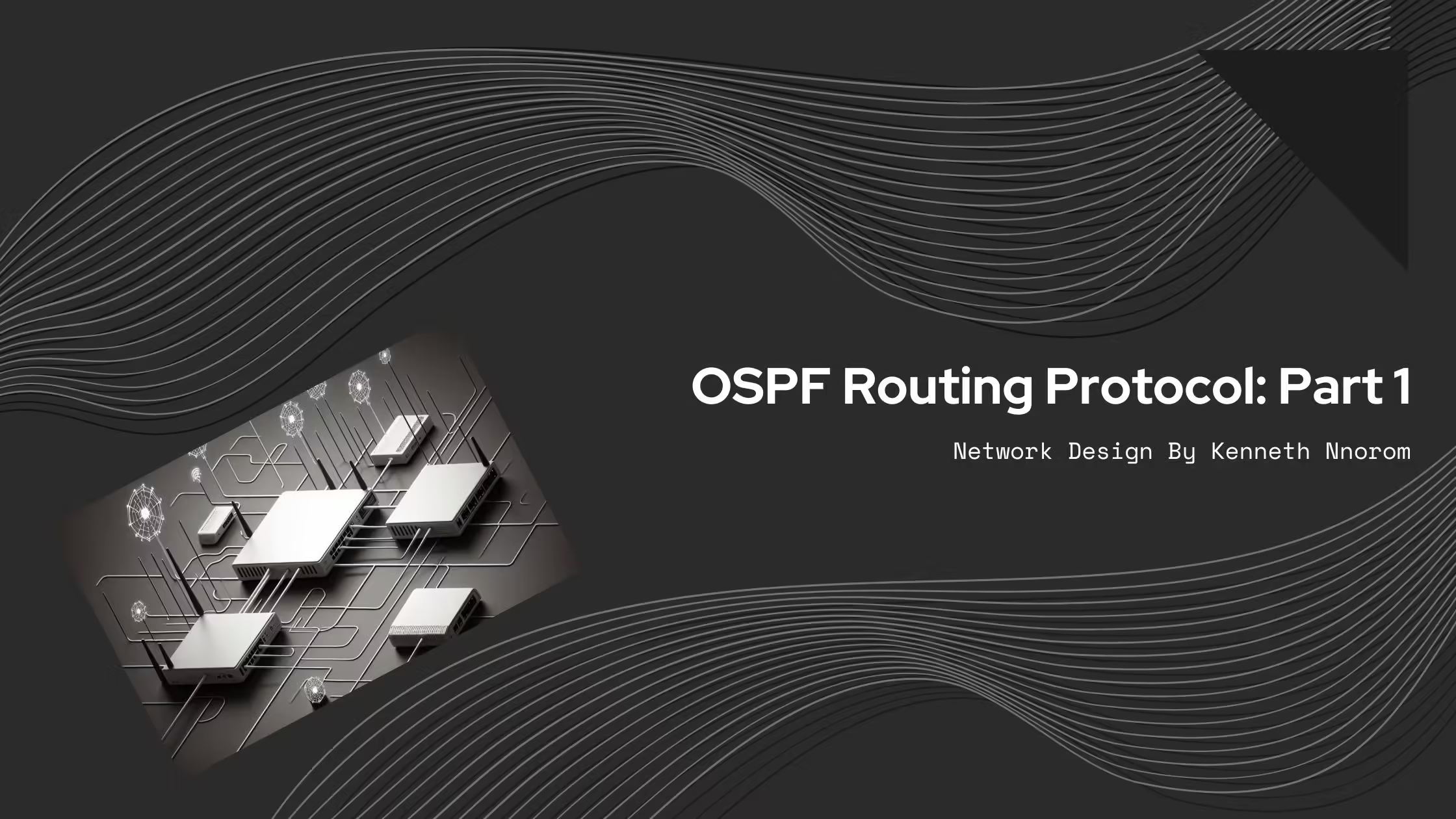
-
The Guide to Wi-Fi Network Design: Strategies for Success
Recall the days when our homes or offices were cluttered with tangled wires, restricting our movements and tying us to fixed locations. Wireless technology has revolutionized our lives, evolving from a novelty to an indispensable necessity. Gone are the days of bulky, desk-bound laptops; we now embrace sleek gadgets that seamlessly connect us to the…
Written by
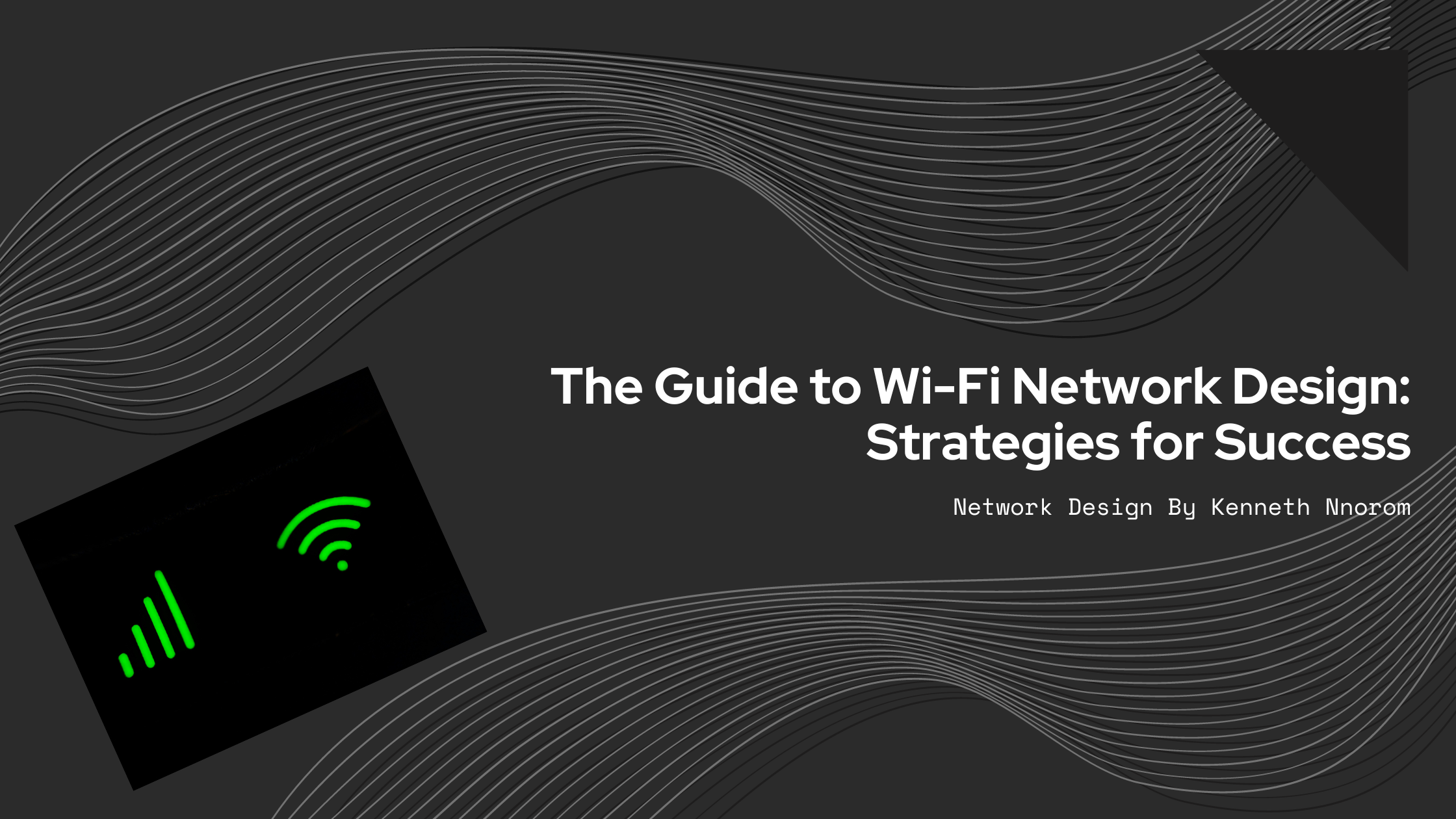
-
Connecting the Switchs To The Routers And Initial Configurations
We’re ready to start linking the switches to our networks, even though we have yet to configure the routes on the routers. I intend to configure all forms of connection part of the lesson before configurations. With that, we can proceed to our task for this lesson. CONNECTION TABLE Similar to our previous process of…
Written by
-
How To Configure Router Interface IP In Packet Tracer
Building on the previous post, I trust you’ve successfully set up the infrastructure by linking the routers in Cisco Packet Tracer following the provided steps and guidelines. While connecting the switches to their respective routers will be covered in the next lecture, our focus now shifts to initiating the initial router configuration and familiarizing ourselves…
Written by

-
Guide to Choosing and Setting Up Routers in Packet Tracer
Building upon the foundational concepts of Network design covered in the previous lesson, where we delved into the intricacies of subnetting IPv4 addresses to be used in this lesson series, we now shift our focus specifically to routers. In this lesson, we will explore the various router types available in Packet Tracer and guide you…
Written by
-
How to Design a Campus Network: IPv4 Subnetting
In this blog series, I will guide you through the steps of creating a campus network using Cisco Packet Tracer. We’ll start with the fundamentals and gradually work our way up to more complex concepts. We’ll explore a comprehensive campus network design, breaking down different sections to explain the basics. As we progress, we’ll seamlessly…
Written by

